By Eric Hammel
After the Japanese stopped resisting in the skies over Rabaul and pulled their aircraft out of the Solomons and Bismarcks battle area in mid-February 1944, it began to appear that U.S. Marine Air’s glory days were over.
From August 20, 1942, until February 17, 1944, Marine Air had carved a significant, perhaps central, position for itself in the prosecution of the grinding war in the South Pacific. Several thousand Marine pilots and bomber crewmen had taken a leading role in breaking the back of Japanese air power in the Pacific—by downing many hundreds of Japanese bombers and fighters; by killing many hundreds of the best pilots and air crewmen the Empire of Japan would ever train; and, through a relentless war of attrition, by forcing resource-poor Japan to give over vast portions of her limited industrial capacity to constantly replacing losses born through increasingly one-sided aerial combat and the unceasing need to repair bomb-battered air bases and replace all manner of military resources.
In the end, the perpetual grinding action of the Solomons and Bismarcks air campaigns had defeated the Imperial Navy’s best effort to hold the line in what Japan referred to as the South Seas Area. The bottomless pit of losses had to be sealed, and the only way the Japanese could seal it was by withdrawing from it.
Suddenly, after 18 months of constant confrontation, the air war in the strategically vital region came to an abrupt and unexpected halt. Many hundreds of U.S. Marine, Navy, and Army Air Forces warplanes organized into a complex array of combat commands ceased to have a significant role to play. Moreover, in November 1943, the main thrust of the Pacific War had moved to the small islands and far-flung atolls of the Central Pacific areas.
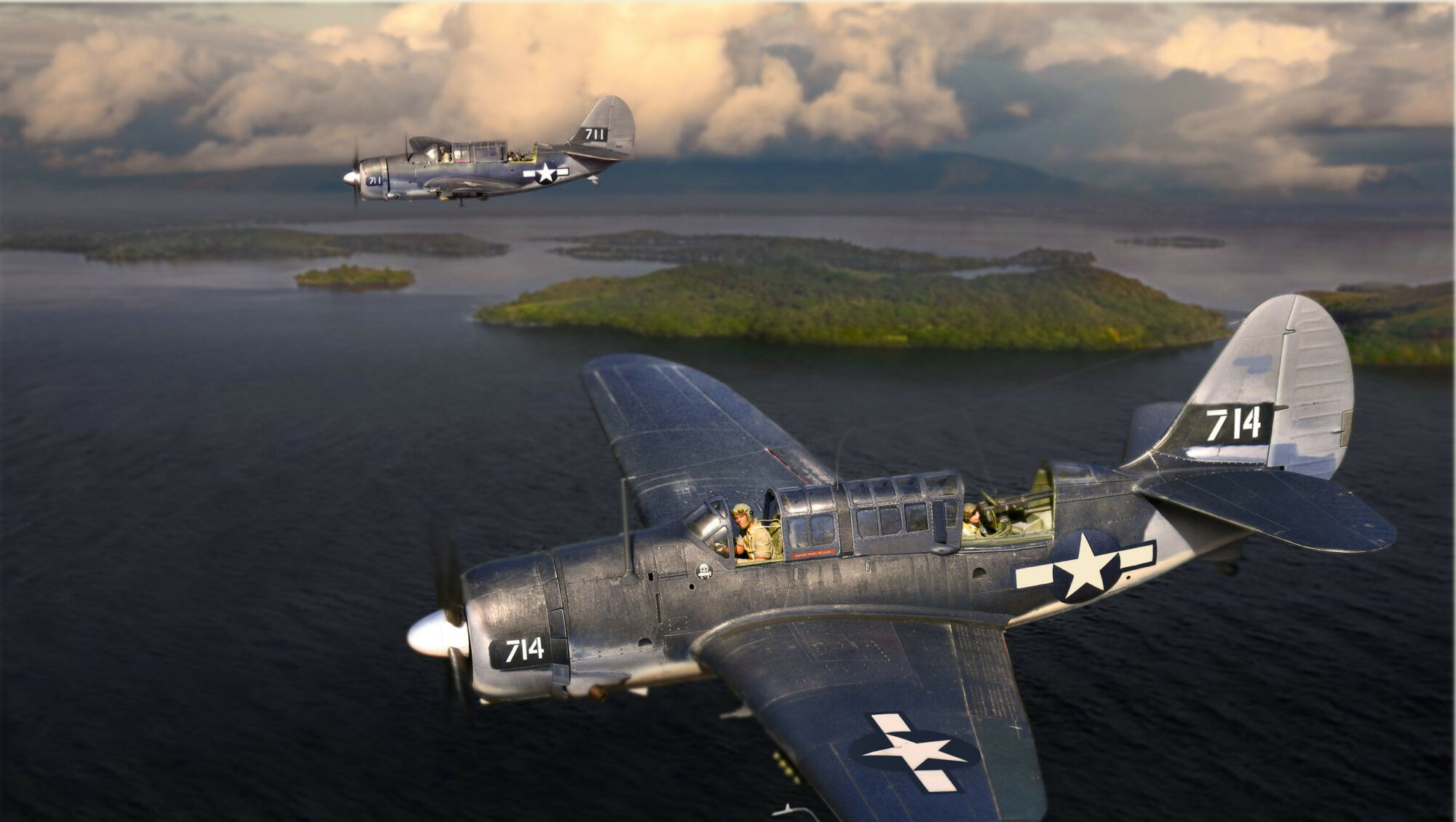
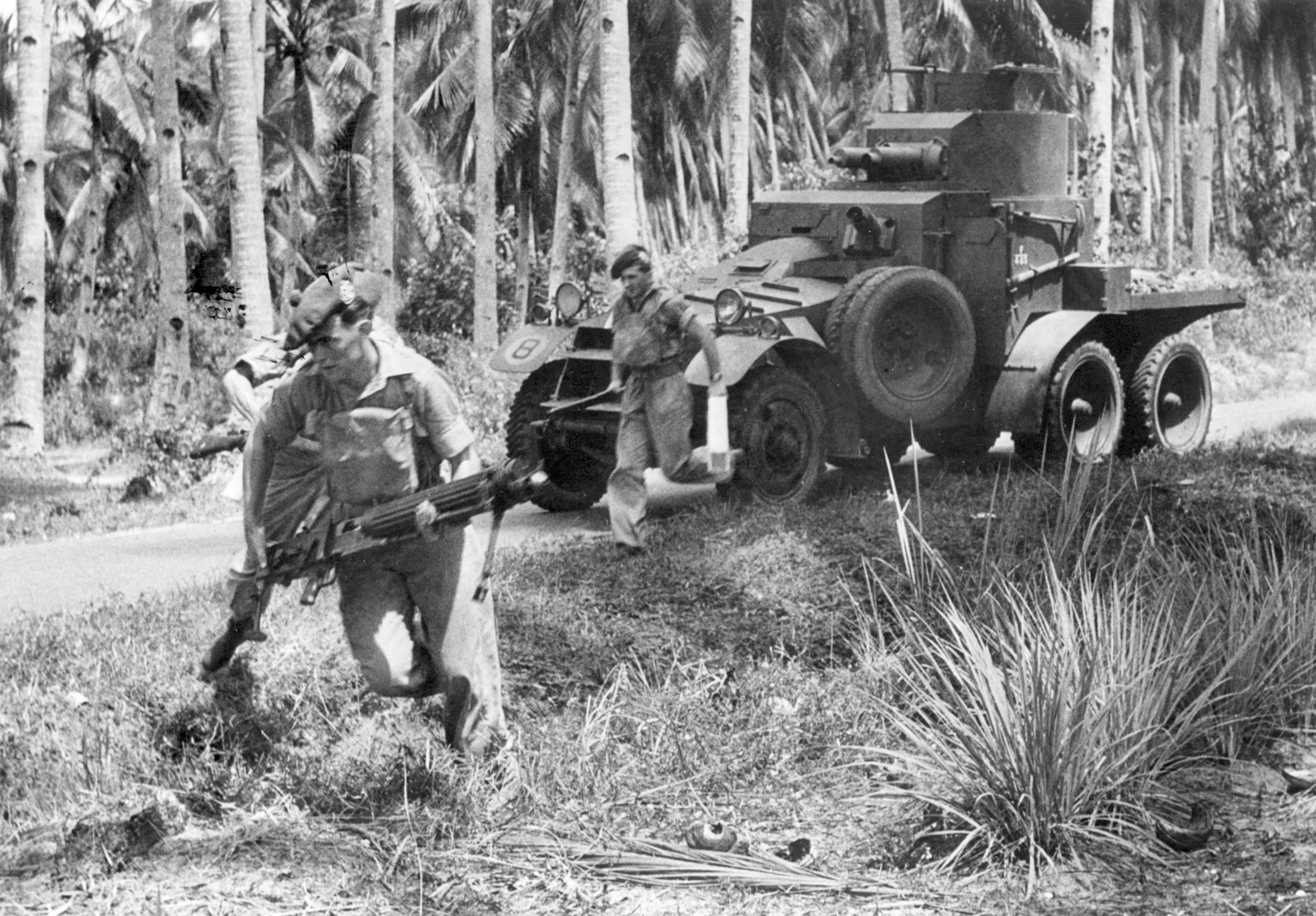
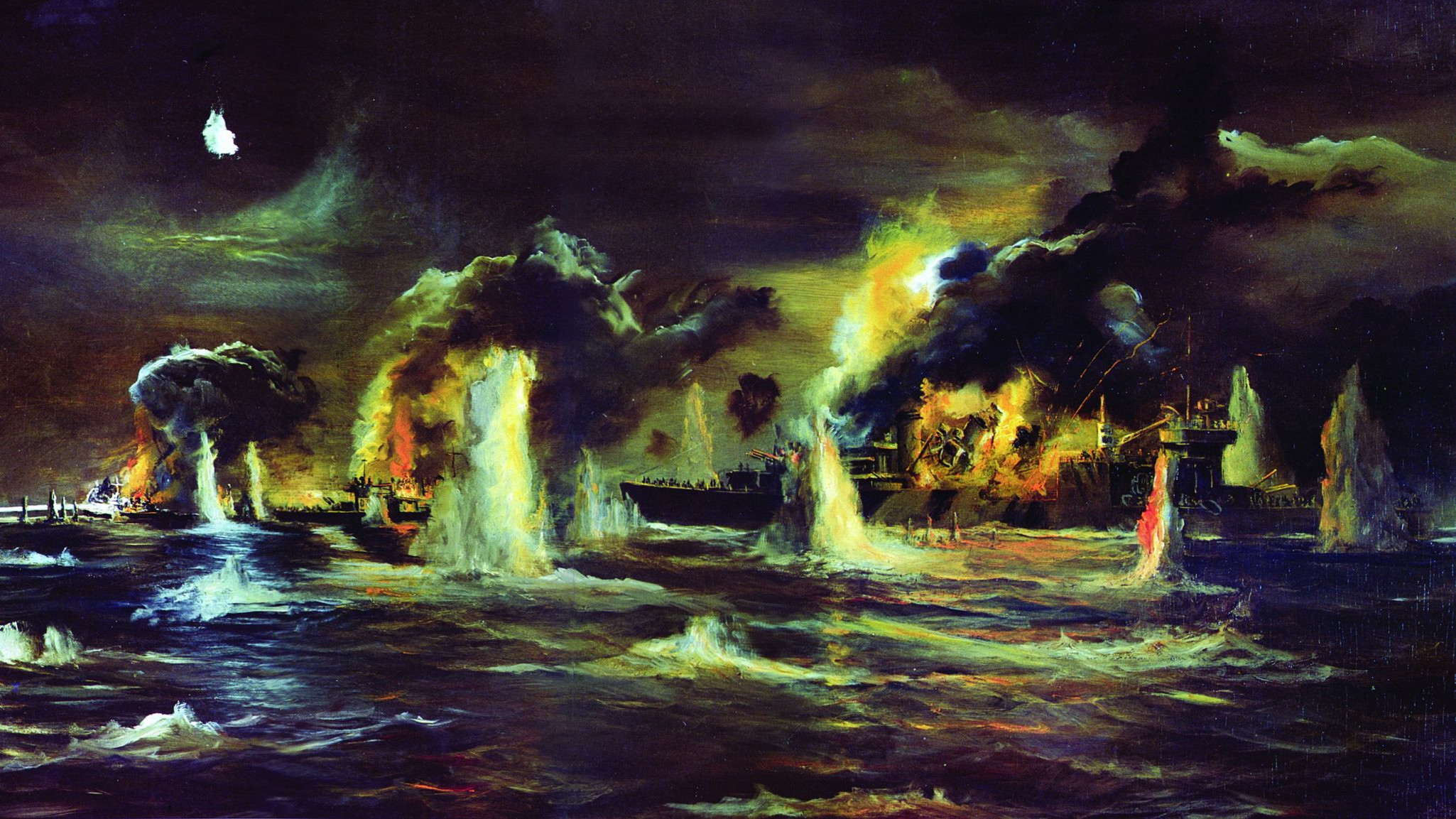


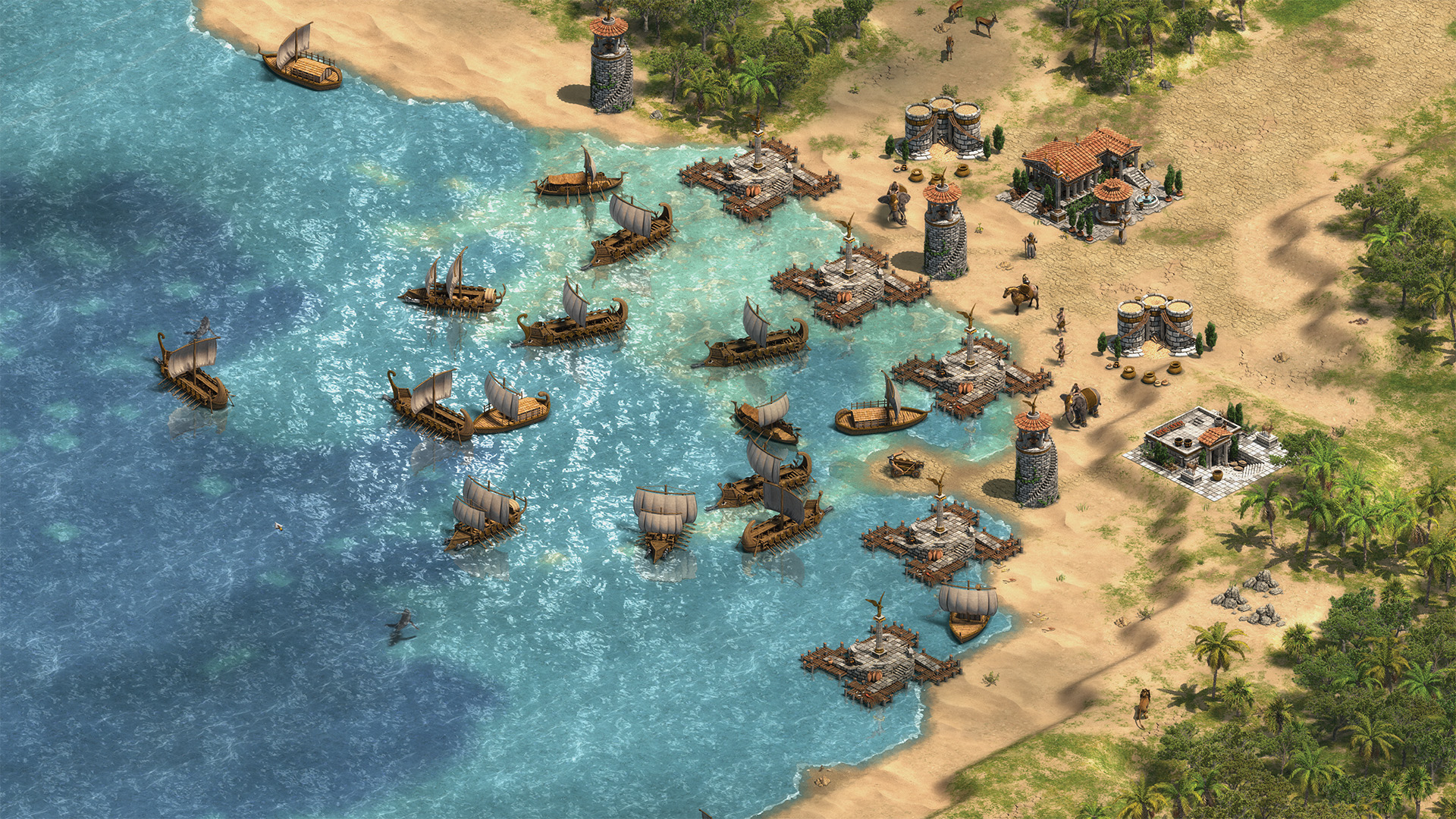
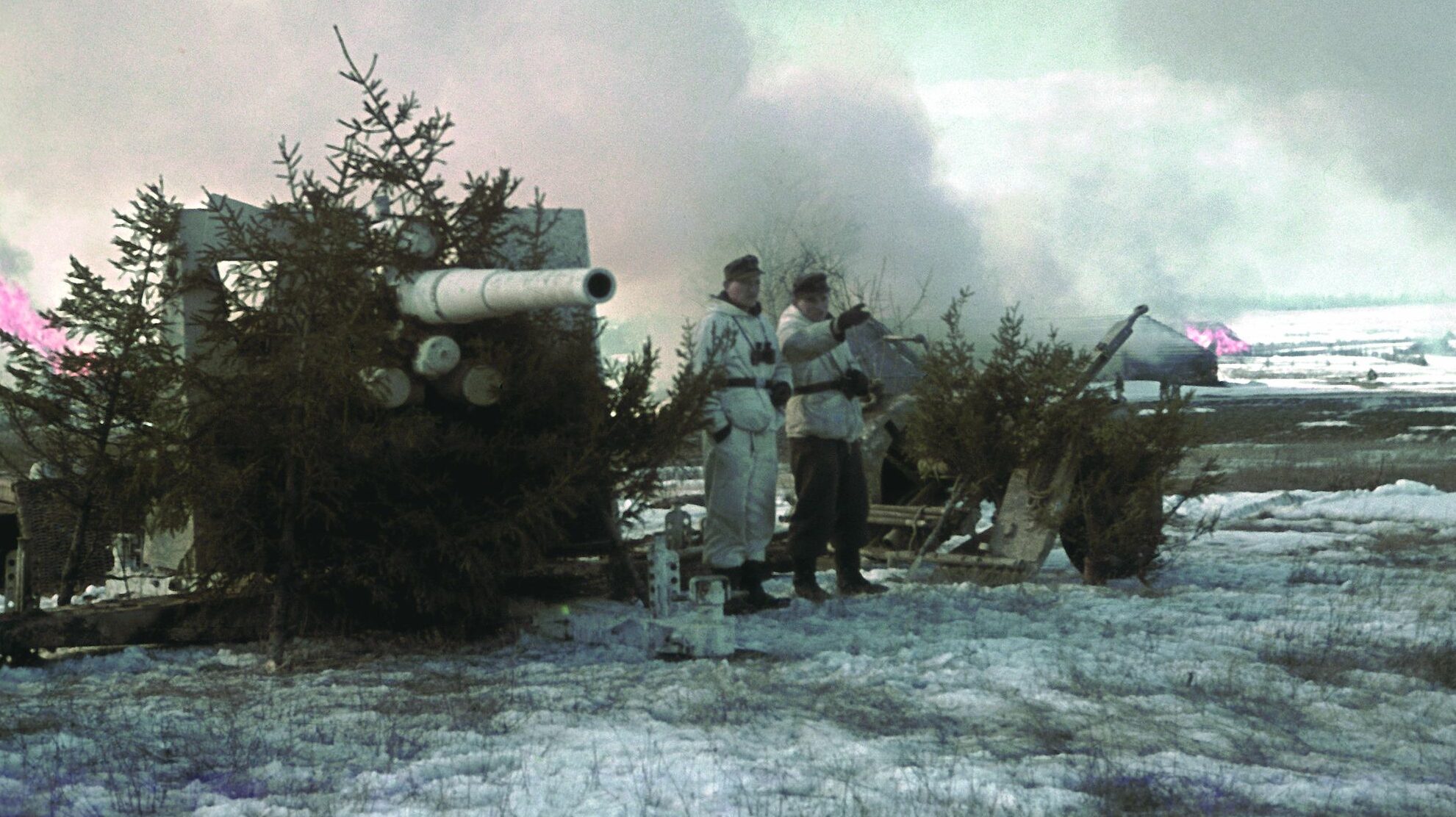
Tacloban airstrip was actually on the northeast coast of Leyte, not the west coast.
thank you. My dad was a vmf 211 pilot 1943-1944, I want to find photos and any info on his time there. Hope you can guide me.
I also want to find info and photos of VMF 211 Zamboanga 1945. I am fascinated by my collection of photos from 13 th AF P-38;s and specifically VMF 211 as these were taken from that group by their Marine Corps photographer. These photos show the KI 43 Oscar Tail sign, some high ranking officers. The name Acre, and possibly Meyer may be some of the names of USMC personnel. 13th AF p-38 showing name Capt. Sommerich’s “Saint Luis Blues II”, yes II not the same as his first Saint Loise Blues seen on Website.
My father, 1st Lt Cecil Wilson, was a Corsair pilot with VMF-218 and was credited with gunning down a Japanese “Zeke” (aka Zero) on his birthday 12/11/1944.